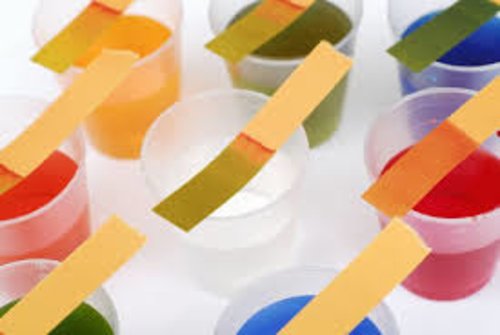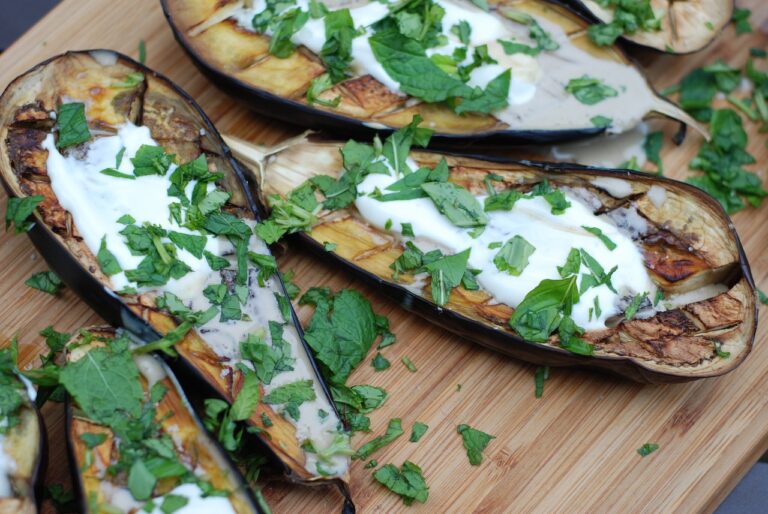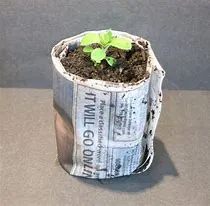pH Levels In Soil: Ultimate Guide to Know Your Plants Are Eating Well
Acidic or Alkaline?
If you are an avid gardener, you may have met other gardeners discussing the pH levels in soil. In addition, they may have talked about whether their plants like acidic or alkaline soil. What does pH levels in soil mean? Is it Phosphorus (as I saw on one website)? Nope, the pH stands for Potential of Hydrogen where hydroxyl ions at pH values less than 7.0i in water becomes acidic and over 7.0 become alkaline. Maybe that’s too much science but certain plants like acidic soil and are better able to take up nutrients when soil is balanced to match their pH level.
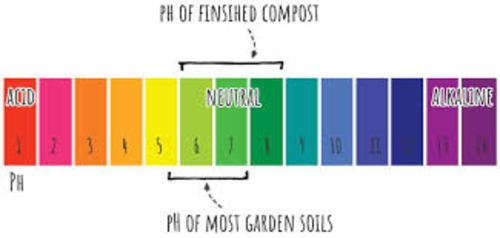
Why are the pH levels in soil important?
The pH levels (or scale), from 1 to 14, effectively measures the Hydrogen ion (essentially protons) in an object. For example, a level of 7, on the scale, is plain water (as a note, human blood should be around 7.2). Also, battery acid is less than 1 on the scale, a lemon is at 2.2, and lye is at 13.6. Finally, some plants have pigments that are dependent on the pH levels in soil. The pH level can be indicated by the color in the plants. The hibiscus, red cabbage, and grapes (red wine) may show lighter color in poor or alkaline soil.
Why does pH Level in soil matter?
Bacteria releases nitrogen from plant matter. This is what happens in the compost bin when the poo and leaves get together. This nitrogen release changes the pH in the soil to between 5.5 to 7.0. This is the reason we mix organic matter, like compost, into poor soil. But, more than that, the mineral aluminum can be released at pH levels below 5.0, which becomes toxic to plants.
Therefore, most nutrients are available at pH levels in soil between 5.5 and 7.0. This means most plants “are eating” at their best in soils with pH at these levels. In addition, clay soil, if it is in this optimum range is granular, but if acidic or alkaline, it becomes sticky or hard to cultivate. So, to eat well, your plants need you to test the soil.
How to test the pH Level in soil?
Some of you may have used pH strips (litmus paper) in a test kit to measure the pH of liquids in biology class. You can use the same test strips for soil. First, put 1 to 3 teaspoons of your soil in a clean glass of distilled water. Next, stir it vigorously, then pour the water through a coffee filter into another clean class. Finally, dip 3 test strips in the water to see the average of the color, to determine the pH level.
Another way to test the soil easily, is by using a meter which can be purchased at many stores. You can buy this 3 in 1 Digital Soil pH Meter by clicking this affiliate link from Saker website. To learn how to mix the ultimate potting soil you can read my blog post Types of Soils.
To test the pH level in soil, without a meter, you have a couple of options.
The Vinegar and Baking Soda Method
- Start by collecting soil samples from different areas in your garden.
- Put about 2 teaspoonfuls of soil into different containers.
- Add 1/2 cup vinegar to the soil. If it fizzes, you have alkaline soil, with a pH between 7 and 8.
- If it doesn’t fizz, add a little bit of distilled water to the other container of soil – just enough to make it muddy.
- To that, add 1/2 cup of baking soda. If it fizzes, you have acidic soil, with a pH between 5 and 6.
- If it doesn’t fizz at all, you have neutral soil, which is what you want!
The Red Cabbage Method
- Measure 2 cups of distilled water into a saucepan.
- Cut up about 1 cup of red cabbage and add it to the pan.
- Simmer for 5 minutes and remove from heat. Let cool for about 30 minutes.
- Strain off the liquid.
- To a jar or container, add about 2 spoonful of soil and add a few inches of the cabbage water.
- Stir well and wait for 30 minutes.
- If after 30 minutes the soil turns pink, it’s acidic.
- If the soil turns blue/green, your soil is alkaline.
How to Change pH Levels in Soil
Some plants like more acidic soil and some like a more alkaline level. To get a free chart showing the p levels of over 90 common plants, sign up for my blog posts in the form below. Write “Soil” in the comments.
Soil may look and feel healthy but if the pH level is off, the plants may not be able to take up the nutrients they need. On the other hand, builders sand, may have the optimum pH level for plants but be empty of nutrients, Plants need both the nutrients from fertilizer and compost and a good pH level in the soil for the plant to thrive.
Sweeten the Soil
To correct the pH acidic soil (0 to 5.5), lime is usually added. I like to add the lime directly into a secondary pile of compost and let it sit for a week or so. Lime contains calcium carbonate and can be hot to the plant roots so never put it directly on the plants. The best method is to mix the lime thoroughly into the soil for about 6 inches or use lime laced compost.
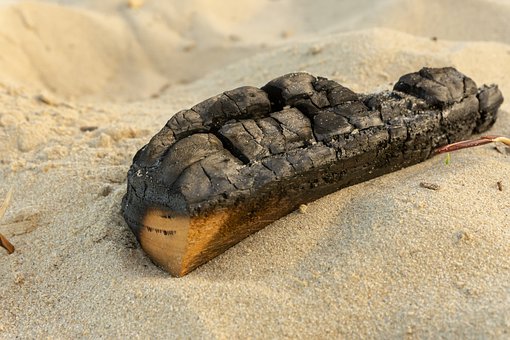
If you live along a coast and have sandy soil with shell content, the soil is likely alkaline (above 7). To correct this soil is very tricky, but can be done with fertilizer coated with sulfur. Sulfur will reduce the alkaline effect in soil. But sulfur in large quantity can mix with rain to cause acid rain. Be very careful in adding sulfur to a garden! Charcoal is high in sulfur so try incorporating charcoal into part of your compost pile for a few weeks before mixing into the soil thoroughly.
Be sure to do a re-test
I strongly suggest that you do a second test when you apply either of these two methods to your soil so you can apply more or less as needed.
Conclusion
Just like it is important for us to get proper nutrition, plants need a healthy growing space where they can take up the nutrients they need. In turn, you will have more beautiful, vigorous plants. A little chemistry lesson can make your garden bountiful. Let me know in the comments below if you have done a soil test in your garden. Likely, if your plants are growing, green and strong, they have the correct soil and nutrition. In addition, these tests are a fun way to teach kids about gardening and the world around them.
